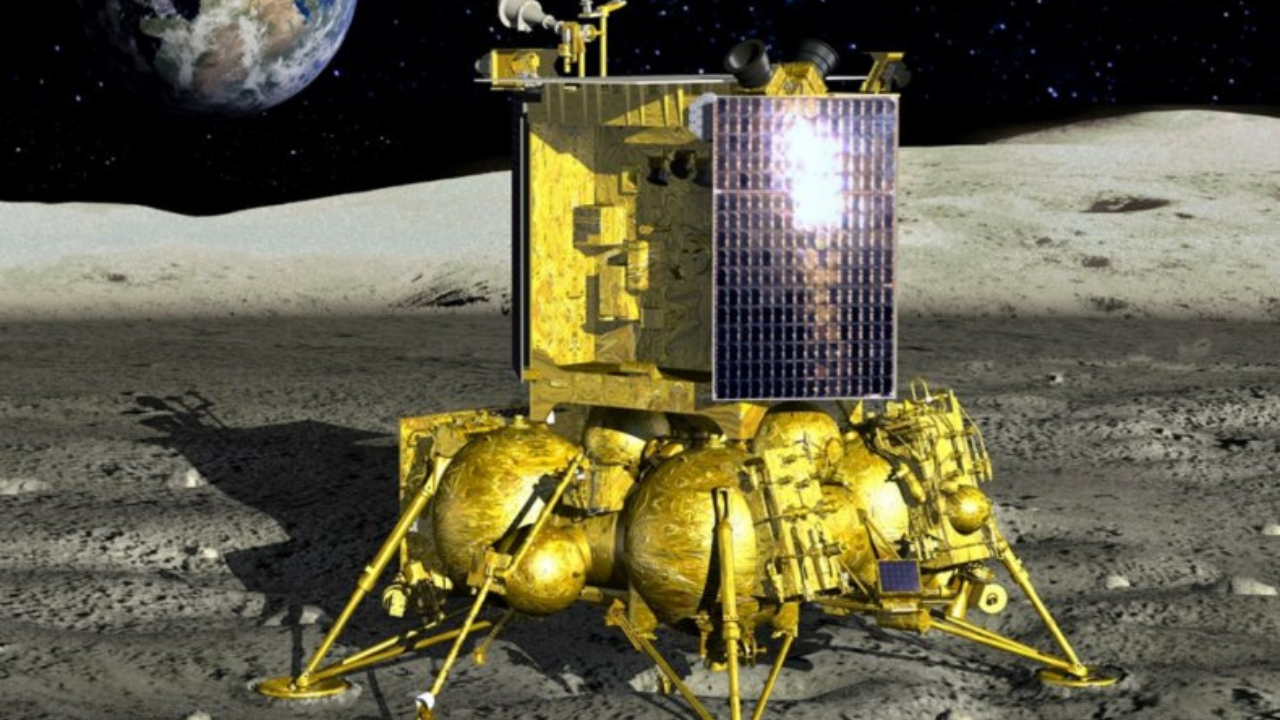Russia’s Luna-25 mission has entered the Moon orbit of Earth’s satellite, Russian space agency Roscosmos announced on Wednesday afternoon. It said all systems aboard Luna-25 are performing optimally with stable communication.
Since Wednesday, Luna-25 will now circle the Moon for around five days and then change course for a soft landing on the south pole on August 21. The exact landing site is at the Boguslawsky crater at 72.9°S 43.2°E (close to where Chandrayaan-3 lander is expected to land: 4 km x 2.4 km 69.367621 S, 32.348126 E). Luna-25, launched from the Vostochny Cosmodrome in Russia’s far eastern Amur Region, is Moscow’s first Moon mission since Luna-24 in 1976. However, this is the first time Russia is trying to land its craft on the south pole side.
On Thursday, Chandrayaan-3 lander module successfully separated from the propulsion module that was propelling it all these days from the Earth’s orbit and the lander-rover is now ready to be lowered to an orbit that takes it closer to the Moon’s surface.
The Russian spacecraft’s rapid journey is attributed to the mission’s lightweight design and efficient fuel storage, enabling it to take a shorter path to its destination. A key factor in the differing arrival times of the two missions is their respective mass and fuel efficiency. Luna-25 has a leaner lift-off mass of only 1,750 kg, significantly lighter than Chandrayaan-3’s 3,800 kg. This reduced mass allows Luna-25 to accelerate more effectively. Moreover, Luna-25’s surplus fuel storage eliminates fuel efficiency concerns, enabling it to undertake a more direct route. In contrast, Chandrayaan-3’s fuel-carrying capacity constraints required a more circuitous route (using the sling-shot method) to the Moon.
All the previous spacecraft of leading countries like the US had landed in the equatorial region, a few degrees latitude north or south of the lunar equator. However, an exploration of the Moon’s south pole is significant because there could be a possibility of presence of water in permanently shadowed areas.
Soon, after the lander separation from the propulsion on Thursday, space minister Jitendra Singh expressed confidence that the Chandrayaan-3 mission is designed in such a way that there will be a safe landing of Chandrayaan-3 on August 23 between 5.30 to 6 pm. The exclusive findings and inputs of Chandrayaan-3 will benefit the entire world community, he said.


